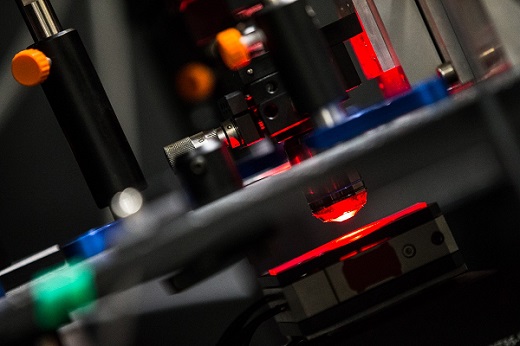|
|
Laser Firm Addresses Diamond Counterfeiting
May 30, 2018 10:32 AM
By Rapaport News
|
|
|

RAPAPORT... A University of Oxford spinout has created laser technology that tackles counterfeiting of diamonds by placing a permanent mark on stones.
Opsydia uses high-precision lasers to etch imprints — such as
numbers or logos — smaller than one-50th the size of a human hair below the
surface of a diamond. Because of their placement inside the diamond, the laser
etchings cannot be polished off.
The technology works by applying laser pulses, shorter than
one trillionth of a second in length, and shot over a million times per second,
to a diamond. The markings require a microscope to view them and don’t affect
the stone’s grading.
De Beers announced on Tuesday it would use Opsydia to mark lab-grown diamonds for its new synthetic-stone venture, Lightbox
Jewelry.
“Our laser technology can transform security in the diamond
industry and support industry initiatives to prevent counterfeiting and
tampering,” said Andrew Rimmer, CEO of Opsydia. “Following the investment from
our shareholders, we have a process that works today on an industrial scale. We
expect to be able to deliver systems to operators in the diamond industry
within months, allowing us to move swiftly to profitability.”
In September, Opsydia closed a seed round of $2.5 million
(GBP 1.9 million) in funding from Oxford University Innovation (OUI) and
Parkwalk Opportunities Fund.
|
|
|
|
|
|
|
|
|
|
Tags:
Andrew Rimmer, De Beers, Lightbox, Lightbox Jewelry, Opsydia, OUI, Oxford University Innovation, Parkwalk Opportunities Fund, Rapaport News, Synthetics, University of Oxford
|
|
|
|
|
|
|
|
|
|
|

|
|